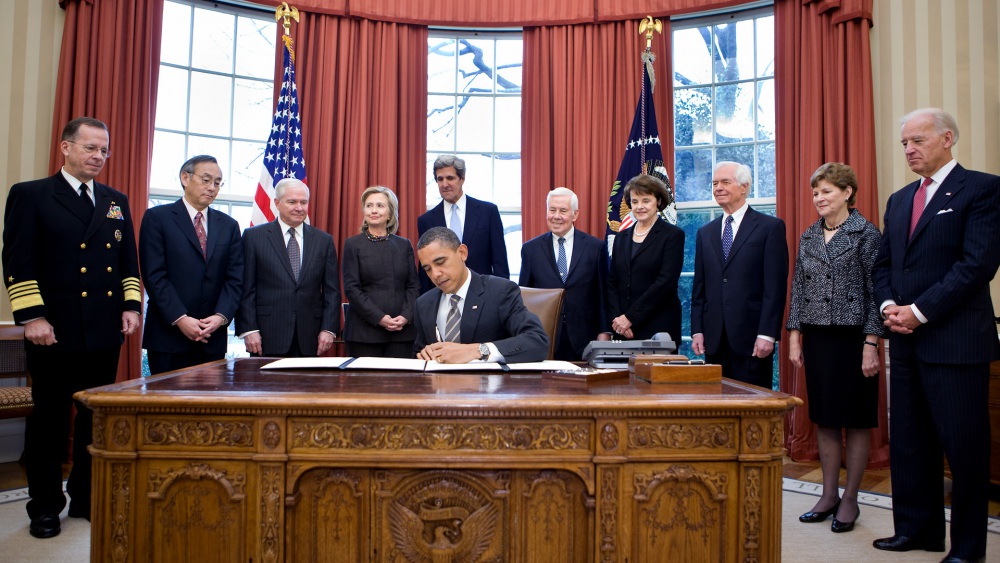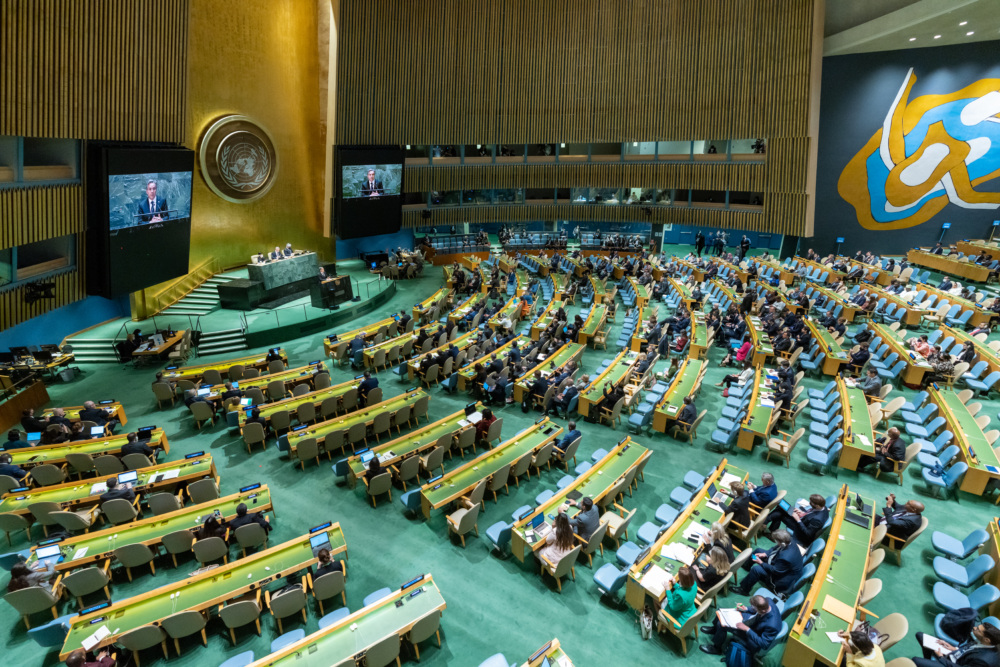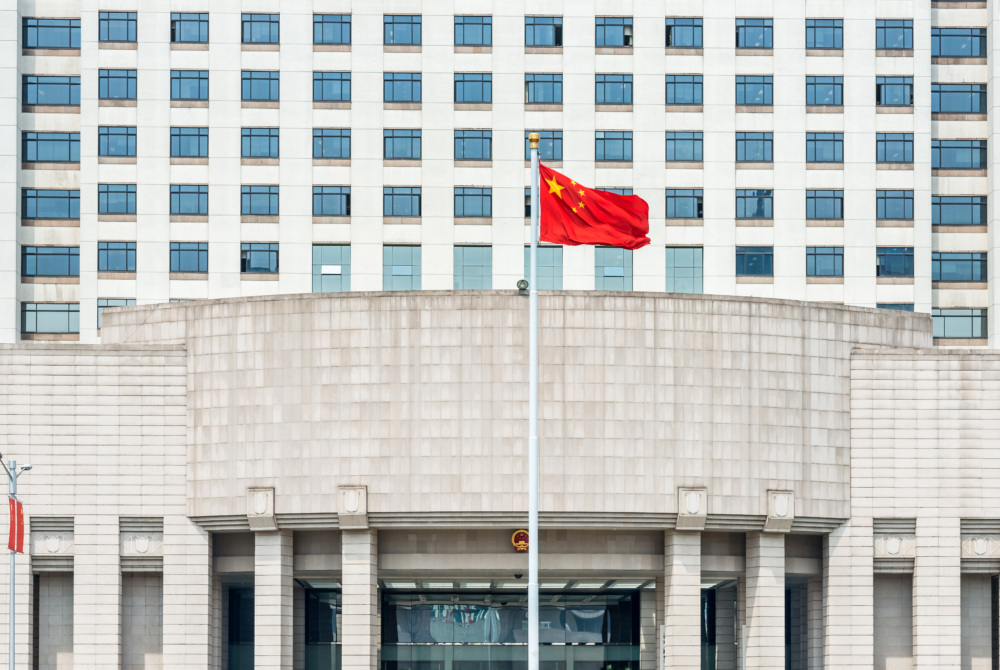
Brian Rose
Program Officer, Global Nuclear Policy
Atomic Pulse
“It’s a
one-sided deal like all other deals we make. It’s a one-sided deal. It gave
them things that we should have never allowed.” – President Trump on the
2010 New START nuclear arms treaty with Russia, in an interview with Reuters,
Feb. 23, 2017.
More than once, in remarks and tweets on nuclear issues both
during and after the presidential campaign and in a widely reported phone call
with Russian President Vladimir Putin in December, President Trump has made
clear his disdain for the bilateral New START nuclear arms reduction treaty.
Last week, he made it clear that his position hasn’t changed. “It’s
a one-sided deal,” he told Reuters in an interview.
Trump’s comments may call into question the future of the
treaty itself – and the future trajectory of limiting and reducing U.S. and
Russian (previously Soviet) nuclear arsenals through carefully negotiated
agreements. This is a path that was adopted more than four decades ago and
continued by every president since.
New START, signed by the United States and Russia in 2010 and enacted in
2011, reduces the aggregate number of strategic nuclear warheads and launchers
on both sides. The Treaty requires both countries to reduce their arsenals by 2018 to
1,550 deployed warheads and 800 strategic launchers, with 700 deployed. Launchers
consist of land-based intercontinental ballistic missiles, submarine-launched
ballistic missiles, and heavy bombers.
These mutual limits, along with New START’s robust verification
and compliance regime – including national technical means (e.g. satellites),
on-site inspections, required notifications, and data exchanges – enhance
stability and reduce incentives for either country to engage in an arms race.
Importantly, New START enables U.S. nuclear experts to inspect
Russian military sites that host both deployed and non-deployed strategic
weapons. These inspections provide a critical source of information on Russian
nuclear forces. Under New START, inspectors are permitted to count the number
of warheads on individual missiles, rather than having to rely solely on estimates.
No other treaty currently allows for such access and if the United States abandoned
New START, it would lose a critical source of intelligence, hampering
policymakers’ ability to make informed decisions.
New START was approved with overwhelming
bipartisan support from the national security and foreign policy communities. This
included past presidents, defense secretaries, secretaries of state, national
security advisors, and members of
Congress on both sides of the political aisle, as well as scores of
then-current and former senior government and military officials. The Treaty
was ratified with more than 70 votes in the Senate.
President Trump’s comments suggest two reasons he believes New
START is one-sided. First, he expresses concern that the United States has
fallen behind Russia in its nuclear capabilities. However, New START does not
limit U.S. nuclear modernization. The United States is currently pursuing a
near-complete overhaul of all elements of its strategic nuclear triad. Over the
next 30 years, the United States is slated to field a new ICBM, a new strategic
submarine, a new bomber, and a new nuclear cruise missile. While these systems can
be debated on their merits, none of these plans are inhibited by New START.
Second, the President alluded to a disparity in Russian and U.S.
strategic forces. Although it is true that Russia currently possesses more than
the treaty limits and the United States currently possesses less, the numbers
don’t provide the whole story. As Hans Kristensen of the Federation of American
Scientists has noted, Russia,
too, is in the middle of a major nuclear modernization program and is in the
process of fielding new systems (some of the systems improve the survivability
of the weapons, which actually enhances stability). The numbers fail to reflect
that, in order to keep within the limits of the Treaty, Russia will also begin
to retire the older systems it is replacing before the 2018 deadline. Down the
road, as the U.S. deploys its own new systems, fluctuations in the total
deployed and non-deployed nuclear warheads and launchers are also likely to occur.
Finally, New START helps meet one of the Trump administration’s
core stated foreign policy goals – to improve
relations with Russia. New START offers a vehicle for U.S.-Russian diplomatic
engagement and, despite worsening relations, cooperation on New START has been
a steady source of transparency and predictability on nuclear issues. Retaining
and eventually extending the treaty may be one of the best ways to meet President
Trump’s goal to improve U.S.-Russian relations—by maintaining predictability,
stability, and transparency on a mutual and existential common interest.
Sign up for our newsletter to get the latest on nuclear and biological threats.
As officials prepare to meet in Vienna for the 2023 PrepCom, they should consider some of the key themes that have emerged from NTI’s Global Enterprise to Strengthen Non-Proliferation and Disarmament.
Amid uncertainty around China’s expanding nuclear program and silence from Beijing about the intent behind the build-up, a new report offers details about China’s nuclear program that suggest significant implications for U.S. and global security.
"Visiting Hiroshima imparted to me a deep sense of responsibility as well as a renewed energy to work towards a world without nuclear weapons," writes Program Officer Ananya Agustin Malhotra.



